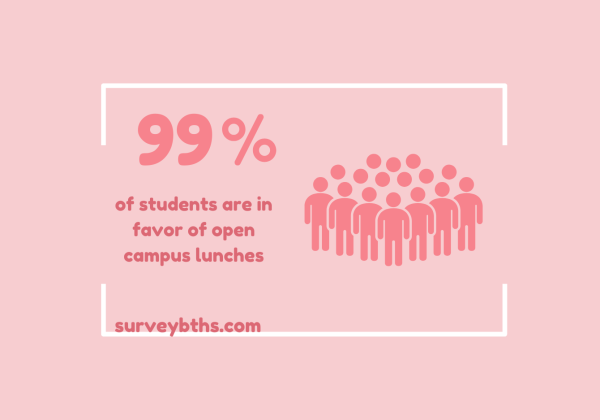The truth behind the tree
Students begin to put up Christmas trees to celebrate the upcoming holiday. Christmas will be during winter break on Dec. 25.
During this holiday season, almost every convenience store smells of fresh pine, indicating an almost universal custom. The tradition that is world-spread and nearly boundless across the globe is the buying and decorating of pine trees. The popularity of “Christmas trees” has brought controversy to the real meaning behind the tree, what to call it and whether there really is any religious connotation with it. This shines light on the topic that it is inevitable to not have an subliminal biblical notion to the festive and ornate trees that reside in the corners of our homes.
Throughout this holiday season, it is almost impossible to avoid being at least a little religious. Calling a decorated pine tree a Christmas tree is barely offensive when peering behind the curtain of all words used throughout the holiday season.
Teachers and students at Carlsbad have made efforts to be inclusive and to avoid being offensive. A lot of this has been done through issuing different names for holiday items to veer from singling out varied beliefs.
“For Carlsbad High School’s band room, they have a Christmas tree with decorations, but they have to call it a holiday bush to make it not offensive. They also have Hanukkah ornaments on it too, to be inclusive about it. They have to call it a holiday bush, because people won’t let them call it just a Christmas tree. Instead of having a star on top of the tree, they have a snowflake. It’s really the least offensive tree you could ever get,” said junior Hana McAnally.
In efforts to create an open environment in the band room, the point still stands that avoiding being offensive is nearly inherent. The definition of holiday was originally derived from the words “holy day.” It is under this understanding of this season, that it is important to refrain from being directly offensive. Unfortunately, even when using the expression “the holiday season,” there is still an underlying religious meaning to it.
“Last night I was having my midnight snack and I was downstairs, I finished eating and before I went up, I turned the lights to my Christmas tree on, and I just smiled, because a feeling of warmth overwhelmed me,” sophomore Christine Apostol said. “I felt happy and at peace and I realized that even if my family doesn’t always get along, decorating a Christmas tree could be even the one time per year for our family to come together as one and be happy together.”
This feeling of unity has issued more reason to accept the connotation of decorations, and more specifically trees with only Christianity, because for many families it is a symbol of peace.
Although I am arguing that decorated pine trees aren’t necessarily a symbol of Christianity, the connotation was taken up in 2004, when Pope John Paul introduced the tree as a symbol of life. He upheld this statement by referring to Genesis 19: speaking of the tree paralleling the unending spirit of Jesus Christ.
“I like my Christmas tree to signal that the winter time and holiday season is here. It doesn’t focus on religion, it focuses on family, friends and love,” said McAnally.
This brings up the relevance that although trees are used to celebrate this season by over their original association is a religious one. It is prevalent in society that we acknowledge the culture and religious affiliations that this season has upheld, while also paying attention to the fact that many that celebrate Christmas are not religious. There really is no way to completely remove the religious undertones that go hand in hand with winter and the holidays, but there is a way to be inclusive overall, through both respect and acknowledgement.
Your donation will support the student journalists of Carlsbad High School. Your contribution will allow us to purchase equipment and cover our annual website hosting costs.













